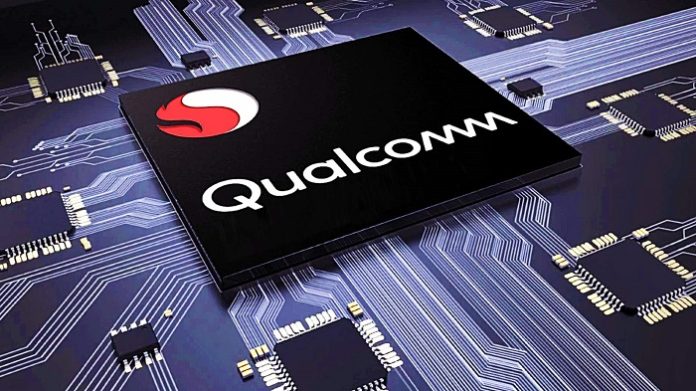Though still probably overhyped, 5G has clearly gotten a foothold since it rolled out three years ago, with 175 networks lit up globally and 5G smartphone sales forecast to reach $750 million this year.
So, at the Mobile World Congress trade show in Barcelona this week, the talk wasn’t so much about the emergence of 5G. It has shifted to what’s next?
San Diego’s Qualcomm, a leader in 5G, made a flurry of announcements at the show that could point to where the technology is headed. The news re-emphasized the San Diego company’s long-held mantra that 5G is about more than just smartphones.
Unlike earlier generations of 3G and 4G wireless, 5G can deliver fiber-optic like speeds and always-on reliability that make it viable for use in industries beyond mobile —from connected cars to the metaverse to wireless home broadband to automated connected factories.
For Qualcomm—San Diego’s largest publicly traded company with a market value of $190 billion—the biggest news was the rollout of its fifth-generation 5G cellular processor—Snapdragon X70 5G Modem-RF System.
Cellular modems manage wireless signals going back and forth between the mobile device and larger cellular network. The Snapdragon X70 is the first chip to embed artificial intelligence to help with this task, with the aim of boosting speeds, coverage and power efficiency.
“They’re putting AI functionality into devices at the same time the base stations are pulling AI functionality into the network,” said Jim McGregor, principal analyst with technology advisory firm Tirias Research. “When you have AI improving your connectivity, improving your beamforming capabilities, improving coverage, and you have AI on both ends of the connection, that is going to be significant.”
The X70 can hit 10-gigabits per second download speeds under ideal conditions, as well as 3.5 gigabits upload speeds. It is expected to begin showing up in devices late this year.
“5G plus artificial intelligence is a big deal,” said Qualcomm Chief Executive Cristiano Amon in a livestream keynote from Barcelona. “Being able to use artificial intelligence to make predictions about how the modem is going to behave, how to optimize the interaction with the network, how to think about beamforming, which is a key feature of 5G, and how to personalize experiences to you.”
The modem’s standalone support for high-frequency millimeter wave spectrum and beamforming has the potential to allow carriers to expand 5G wireless Internet service to homes. Today, fixed wireless home Internet is powered for the most part by 4G technology.
In addition, it can enable carriers to deploy secure, private 5G networks in office complexes, factories and other business locations.
At Mobile World Congress, Qualcomm also unveiled a combination Wi-Fi plus Bluetooth system called FastConnect 7800. It delivers faster speeds and quicker connection times to computers, earbuds and other gear.
For Wi-Fi, FastConnect can hit a maximum 5.8 gigabits per second speeds and minuscule latency—in part by tapping uncongested airwaves that were recently earmarked by regulators for Wi-Fi.
For Bluetooth, the FastConnect system cuts power consumption in half and significantly increases range, according to Qualcomm.
Finally, the San Diego company rolled out new audio Snapdragon Sound technology—the S5 and S3—that it says deliver CD-quality Lossless audio as well as low latency for gaming, in-game chat. It also lets earbuds record content in stereo sound. The technology is expected to be in devices in the second half of this year.
“It’s not about just having the best 5G with the highest specs, but the ability to simultaneously provide every single element of connectivity. It is not just about cellular. It’s about Wi-Fi. It’s about Bluetooth. It’s about position location,” Amon said.








